5G KEY TECHNOLOGY ENABLERS FOR EMERGING MEDIA CONTENT PRODUCTION SERVICES (5G-RECORDS)
5G-RECORDS aims to explore the opportunities which new 5G technology components - these include the core network (5GC), radio access network (RAN) and end devices - bring to the professional production of audiovisual content. The project targets the development, integration, validation and demonstration of 5G components for professional content production, as part of an overall ecosystem integrating a subset of 5G network functions. The project aims to use of 5G non-public networks (NPNs) as a way to bring these new 5G components to emerging markets and new market actors, while also addressing recent emerging remote and distributed production workflows where cloud technologies cooperate with 5G. 5G-RECORDS has considered 3 use cases to embrace some of the most challenging scenarios in the framework of professional content production: live audio production, a multi-camera wireless studio and live immersive media production. iTEAM is the coordinator of the project. This project has been H2020.




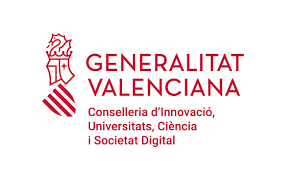

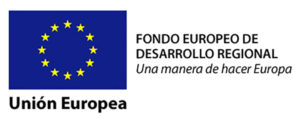

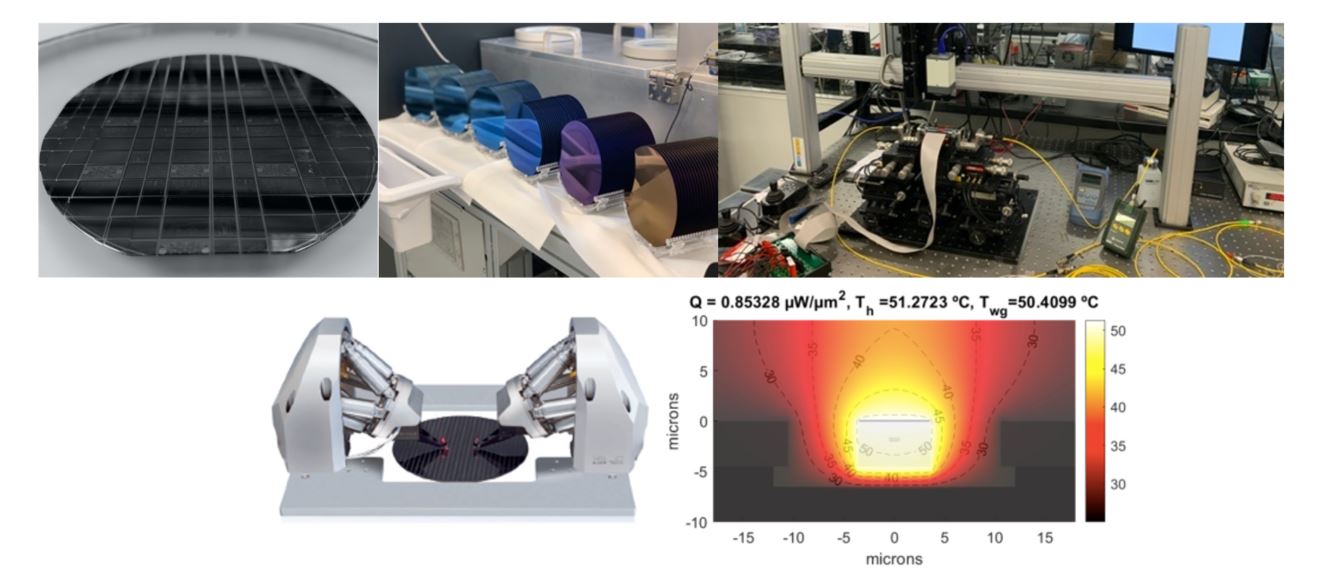


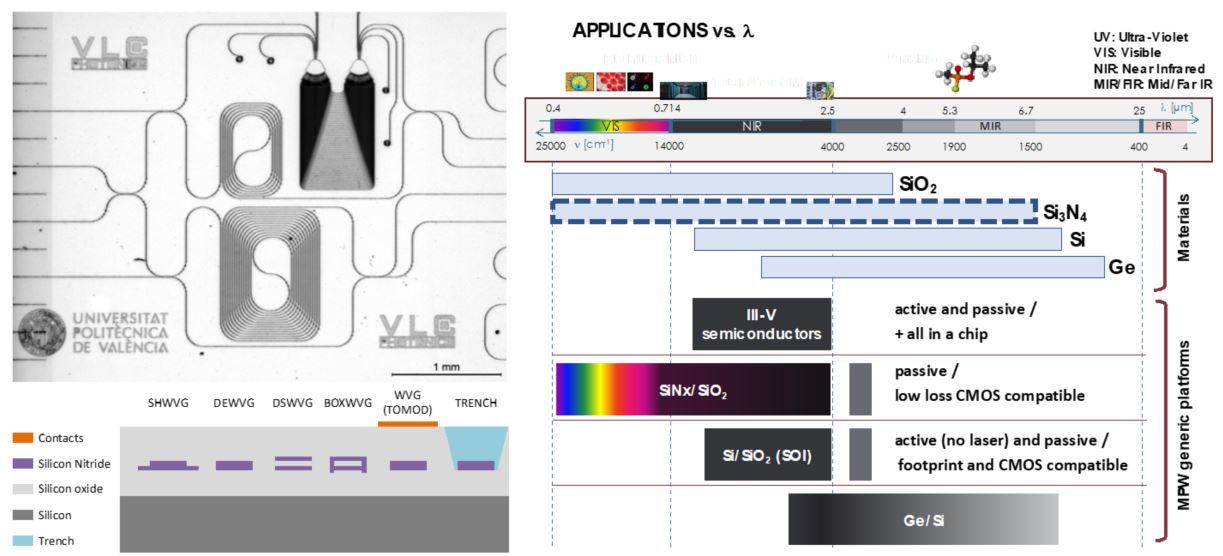

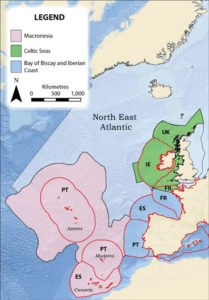 Risk-based Approaches to Good Environmental Status (RAGES) is a two-year European project which aims to support the development and operational implementation of regional indicators, lists of elements and threshold values and integration rules for Good Environmental Status. The RAGES project is comprised of a consortium made up of competent authorities from Ireland, France, Spain and Portugal with (regional and sub-regional) responsibility for the implementation of the
Risk-based Approaches to Good Environmental Status (RAGES) is a two-year European project which aims to support the development and operational implementation of regional indicators, lists of elements and threshold values and integration rules for Good Environmental Status. The RAGES project is comprised of a consortium made up of competent authorities from Ireland, France, Spain and Portugal with (regional and sub-regional) responsibility for the implementation of the 